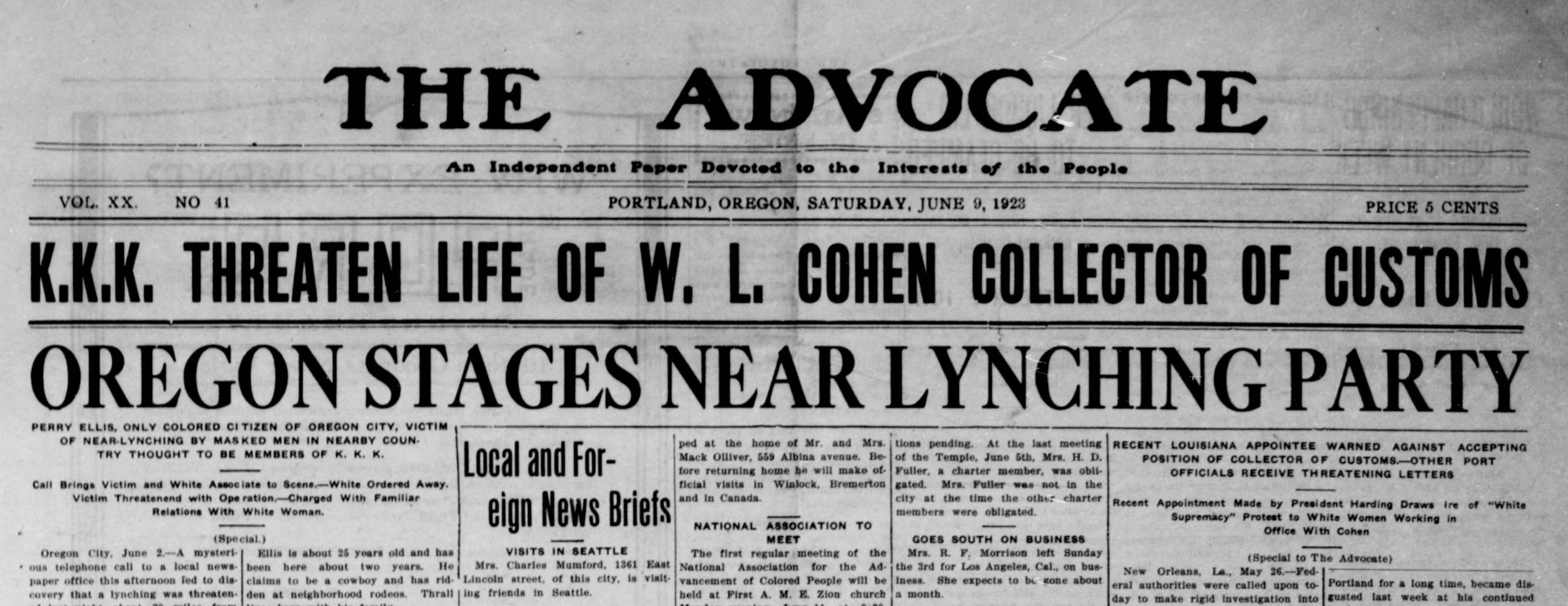Indicators on News Articles You Should Know
Indicators on News Articles You Should Know
Blog Article
The 45-Second Trick For News Articles
Table of ContentsFascination About News ArticlesNews Articles Fundamentals ExplainedThings about News ArticlesNot known Facts About News Articles8 Easy Facts About News Articles Shown
Great understanding of different subjects gives trainees an one-upmanship over their peers. Even though digital and social media sites are readily easily accessible, we must not fail to remember how vital it is to read the papers. Parents must attempt and inculcate the behavior of checking out a paper as an everyday routine to continue the heritage of the revered print medium.Newspaper article likewise include at the very least among the complying with crucial qualities about the designated audience: proximity, prestige, timeliness, human rate of interest, strangeness, or consequence. The relevant term journalese is sometimes utilized, generally pejoratively, to refer to news-style writing. Another is headlinese. Newspapers typically follow an expository writing style.
Within these limitations, newspaper article likewise aim to be comprehensive. Other aspects are included, some stylistic and some acquired from the media type. Among the bigger and extra highly regarded papers, justness and balance is a major consider providing information. Commentary is generally confined to a separate area, though each paper may have a different overall angle.
Newspapers with a global audience, for example, often tend to use an extra official style of composing. News Articles.; common design overviews include the and the US News Style Book.
The Only Guide to News Articles
As a rule, reporters will not make use of a lengthy word when a brief one will do. They utilize subject-verb-object building and construction and vibrant, active prose (see Grammar). They offer anecdotes, examples and metaphors, and they seldom depend on generalizations or abstract ideas. News authors try to stay clear of making use of the same word extra than when in a paragraph (occasionally called an "resemble" or "word mirror").
Headlines often omit the topic (e.g., "Leaps From Watercraft, Catches in Wheel") or verb (e.g., "Cat lady lucky"). A subhead (additionally subhed, sub-headline, subheading, caption, deck or dek) can be either a secondary title under the major headline, or the heading of a subsection of the write-up. It is a heading that precedes the major message, or a group of paragraphs of the primary message.

Added signboards of any of these kinds might show up later in the short article (specifically on subsequent pages) to attract additional reading. Such billboards are likewise made use of as guidelines to the short article in various other areas of the magazine or site, or as advertisements for the item in various other magazine or sites. Common framework with title, lead paragraph (recap in strong), various other paragraphs (details) and call information.

Example of a hard-lead paragraph NASA is recommending another area task. The budget demands about $10 billion for the project.
The NASA announcement came as the company asked for $10 billion of appropriations for the project. An "off-lead" is the second essential front page information of the day. The off-lead shows up either in the leading left edge, or straight listed below the lead on the right. To "bury the lead" is to start the write-up read what he said with history info or details of additional importance to the visitors, forcing them to learn more deeply into a post than they should need to in order to discover the essential factors.
Getting The News Articles To Work
Usual use is that a person or two sentences each develop their very own paragraph. Reporters typically describe the organization or framework of a newspaper article as an inverted pyramid. The necessary and most interesting aspects of a story are put at the beginning, with sustaining details adhering to in order of decreasing importance.
It allows people to explore a topic to just the depth that their curiosity takes them, and without the charge of information or subtleties that they could think about unimportant, however still making that info readily available to a lot more interested readers. The inverted pyramid structure also allows short articles to be trimmed to any kind of approximate length during layout, to fit in the room offered.
Some authors start their stories with the "1-2-3 lead", yet there are lots of kinds of lead offered. This layout inevitably begins with a "Five Ws" opening explanation paragraph (as defined above), followed by an indirect quote that serves to support a major component of the first paragraph, and after that a straight quote to sustain the indirect quote. [] A twist can refer to several points: The last story in the news program; a "pleased" tale to end the show.
Longer write-ups, such as publication cover short articles and the pieces that lead the inside sections of a paper, are called. Feature tales differ from straight information in several means. Foremost is the absence of a straight-news lead, the majority of the time. Instead of supplying the essence of a tale in advance, feature writers may attempt to tempt viewers in.
The Ultimate Guide To News Articles
A feature's first paragraphs commonly connect an appealing minute or event, as in an "unscientific lead". From the details of a person or episode, its sight swiftly widens to generalizations concerning the tale's topic.

The Editor's Tool kit: A Referral Overview for Beginners and Professionals (2001) Allan M. Siegal and William G. Connolly. The New York Times Handbook of Style and Use: The Authorities Design Overview try this site Made Use Of by the Writers and Editors of the Globe's A lot of Reliable Newspaper (2002) M. L. Stein, Susan Paterno, and R.
Report this page